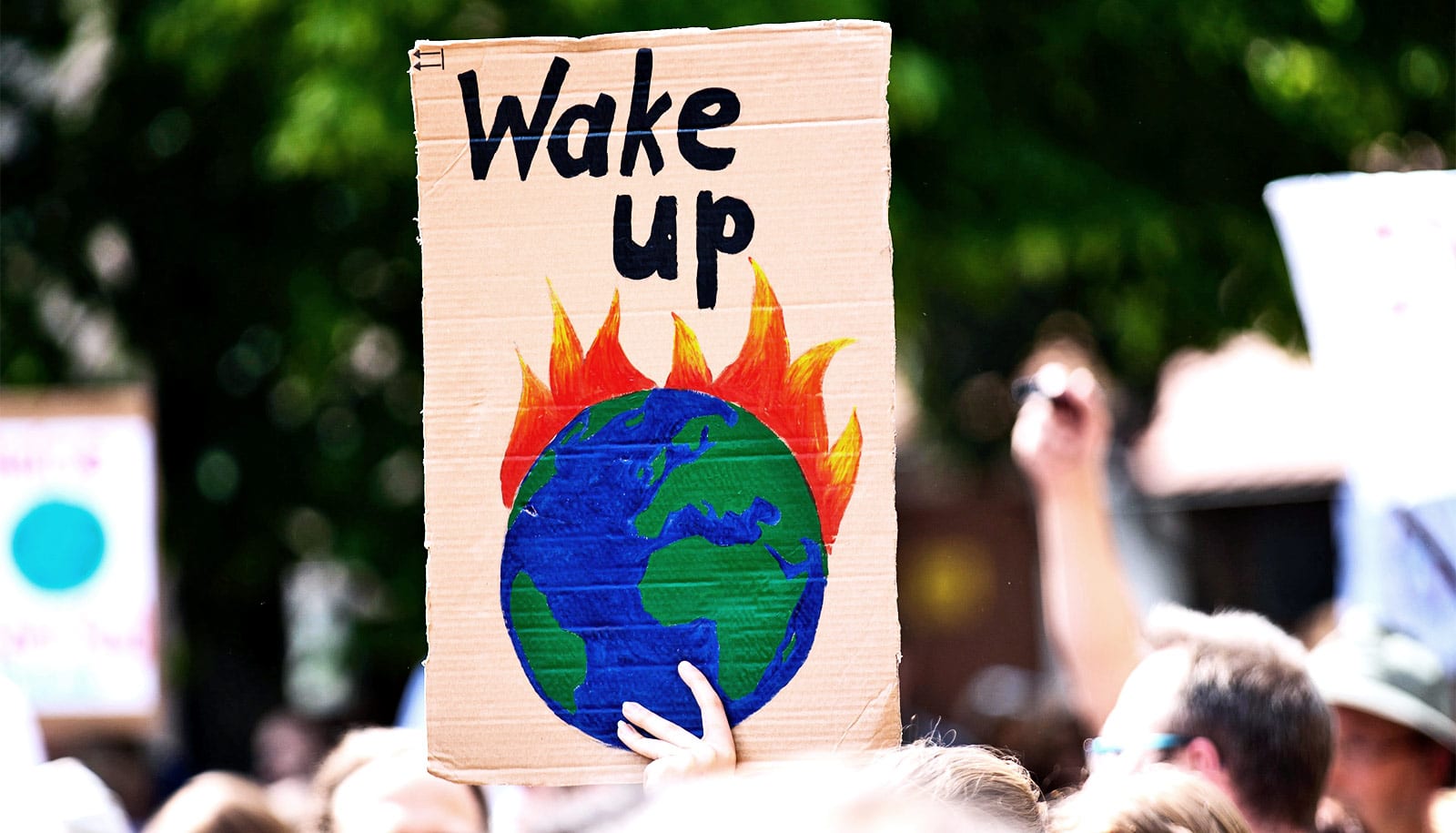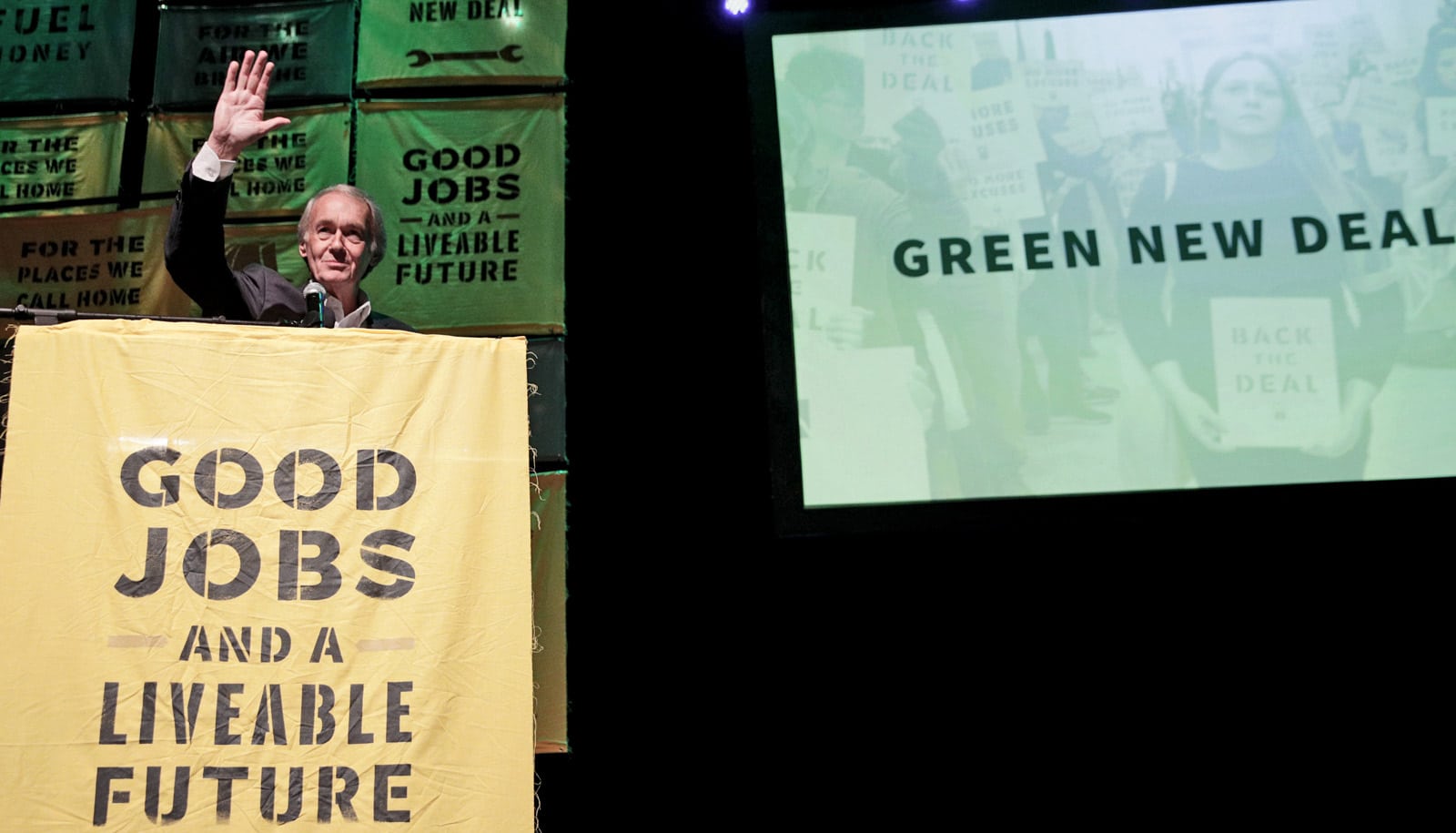
(Credit: Dick Vos/Flickr )
1 strategy looks best for climate change persuasion
What's the best way to convince people that climate change is real, the result of human actions, and an urgent problem? One tactic may work best.

There are more and less effective ways to convince people of the need for action on climate change, research suggests.
The United Nations’ Intergovernmental Panel on Climate Change released a report last fall warning of a catastrophic effect on the world’s people, environment, and economy if temperatures rise by more than 1.5 degrees Celsius, which could happen as soon as 2040.
But meaningful action to stop climate change is not possible without political will, and despite overwhelming scientific evidence of global warming, there are still many who don’t believe in it or consider it a matter of grave concern.
“Most people do accept that the climate is changing as a result of human activity,” says Risa Palm, professor of geosciences and provost at Georgia State University. “But there is a skeptical and powerful minority who either do not believe that climate change is a serious problem or that our actions are making it worse.”
Palm studies how attitudes toward climate change form, and how they might change depending on the framing of the issue.
Partisanship and polarization
In 2017, Palm and colleagues in the Andrew Young School of Policy Studies analyzed data from a panel of 9,500 respondents who answered the same question about climate change in 2010 and 2014. They found that direct experience with warmer weather, drought, and weather-related natural disasters had a very small impact on the respondents’ acceptance of climate change.
What did matter was whether they identified as a Democrat or a Republican. Between 2010 and 2014, Americans’ opinions about climate change became more polarized by political affiliation, increasingly aligning with those of others in the same political party.
“Once attitudes are politicized, they are difficult to change,” says Palm. “Once a position has been taken, such as loyalty to a team, people reject new information as tainted or propaganda.”
Political attitudes toward climate change may not be completely intractable, though. In the 1970s, after all, the United States took bipartisan action to limit aerosols and reduce air pollution, and founded the Environmental Protection Agency.
Money on the mind
So what could convince climate change skeptics to change their minds? Palm believes that focusing on the economics of climate change—such as its effect on housing markets in areas of sea level rise, flooding, and wildfires—could be key.
“In places like South Florida, we may see higher interest rates on home loans or additional mortgage insurance requirements,” Palm says. “There is already research showing that coastal properties are being affected by lower prices, and lenders and insurers are being advised to take such factors into account.”
The challenge, she says, is how to navigate the country’s highly-partisan environment so that those in the skeptical minority can join with others to tackle the problem. In this way, the US differs from nearly all other countries, where party identification matters less when it comes to attitudes about climate change.
In 2018, Palm contributed to a study in Environmental Politics showing that globally, the biggest predictor of climate change concern is not party affiliation, but belief in democratic values.
“Climate change is a global problem that requires a global solution,” says Palm.
“By gaining a clearer understanding of who is most likely to oppose climate change actions and how to reach them, we can identify an effective way to overcome bias to get people to agree to take action. There is a lot more to do here.”
Source: Georgia State University
The post 1 strategy looks best for climate change persuasion appeared first on Futurity.
Share this article:
This article uses material from the Futurity article, and is licenced under a CC BY-SA 4.0 International License. Images, videos and audio are available under their respective licenses.


